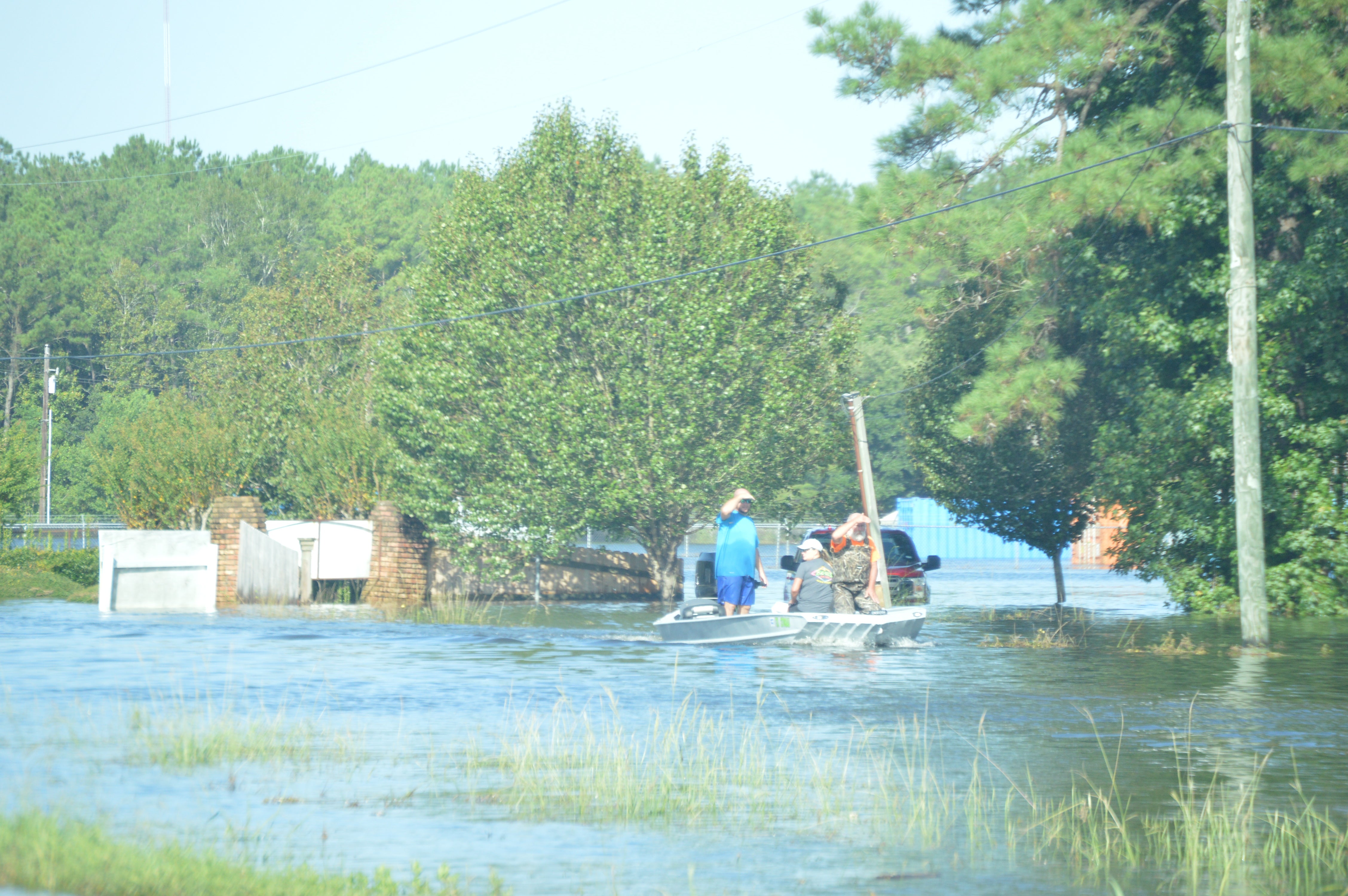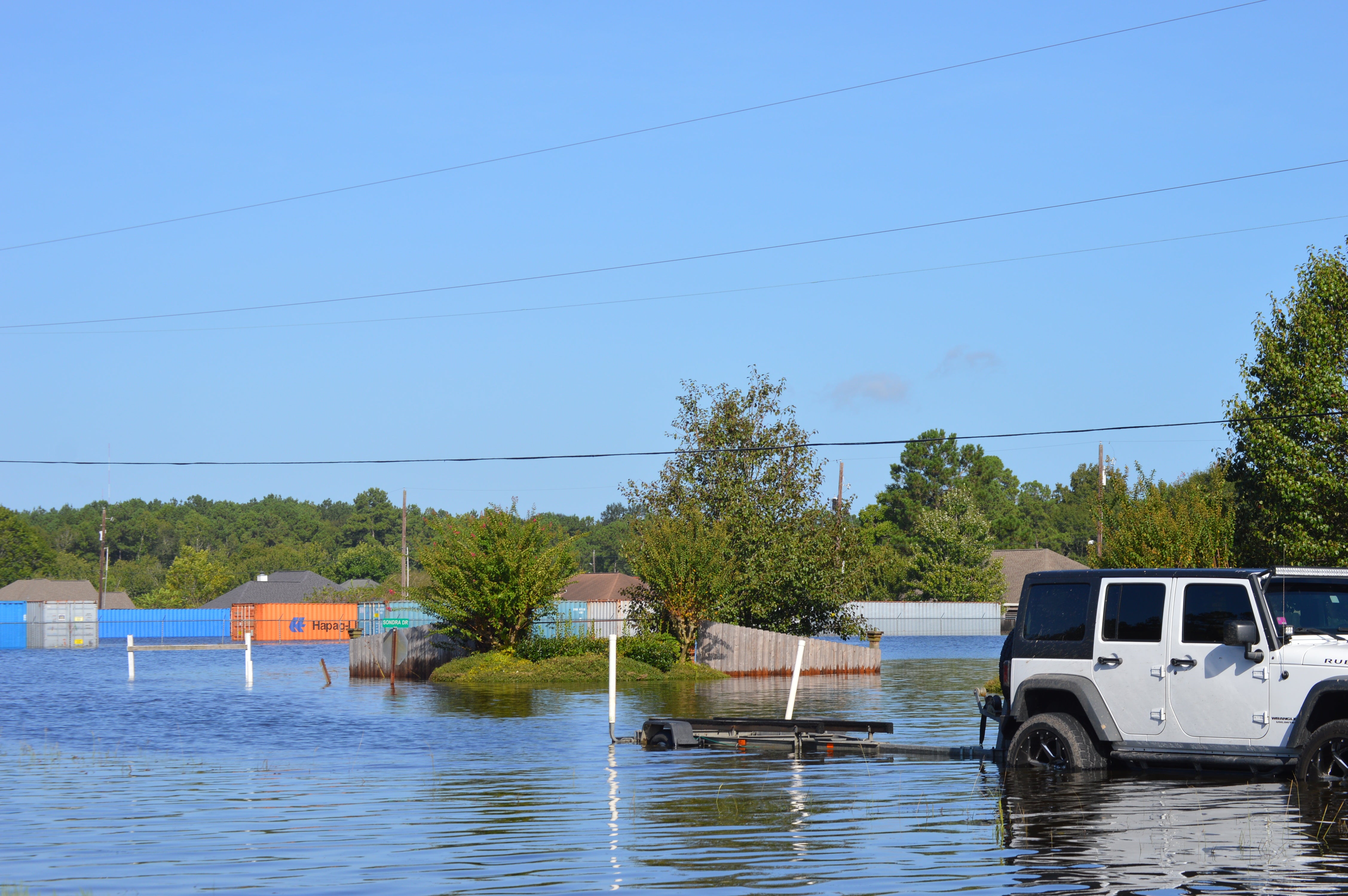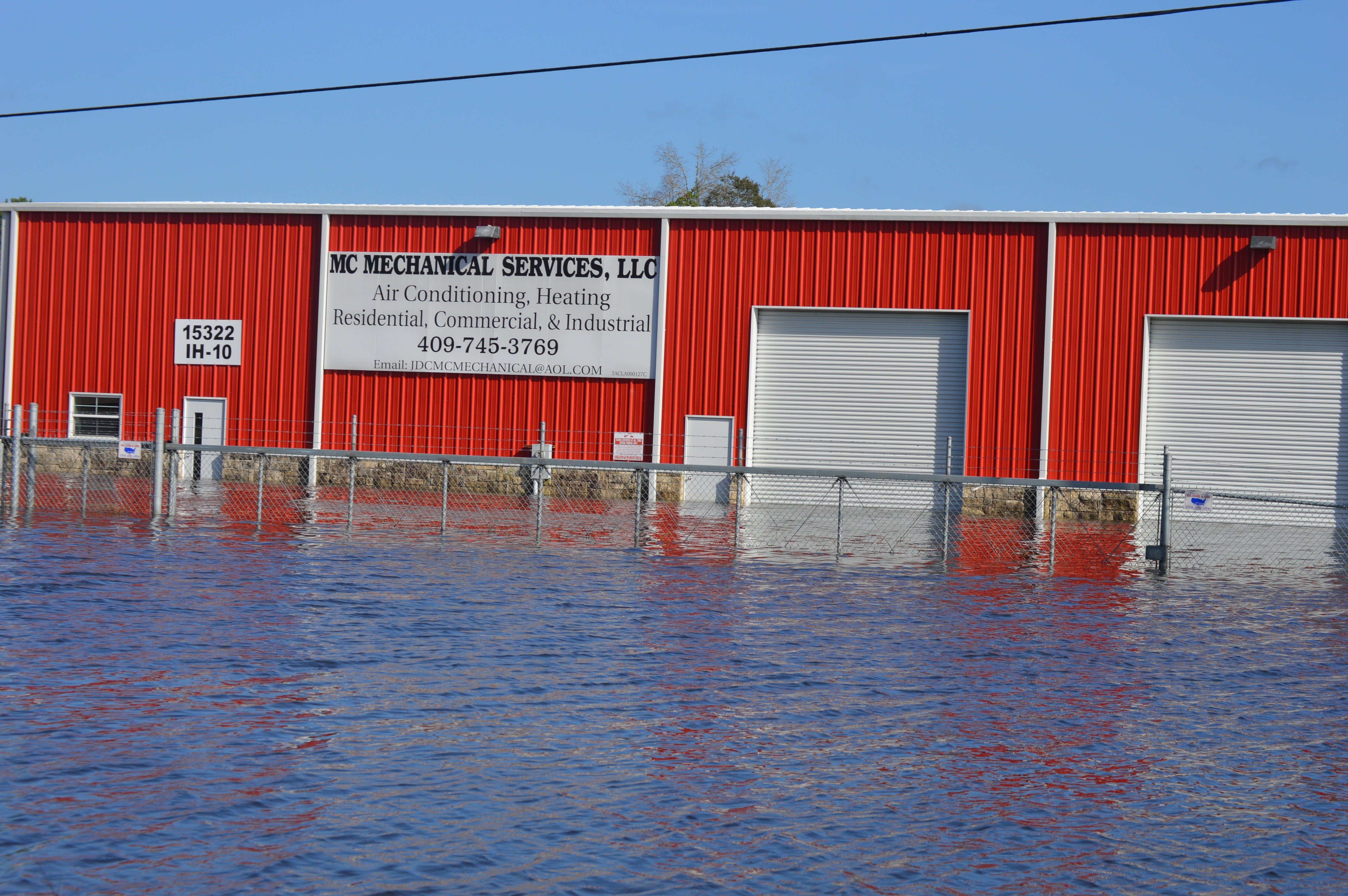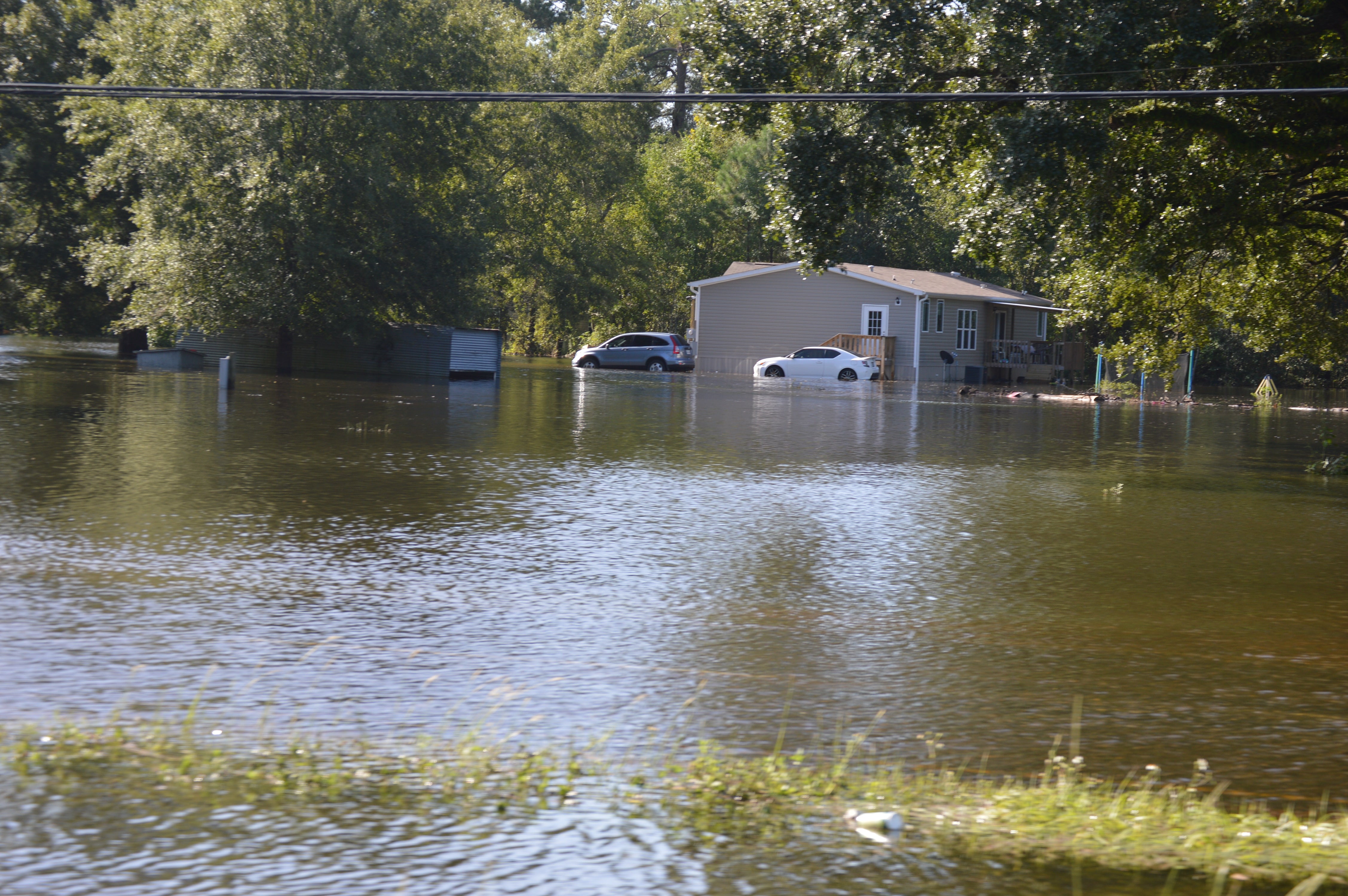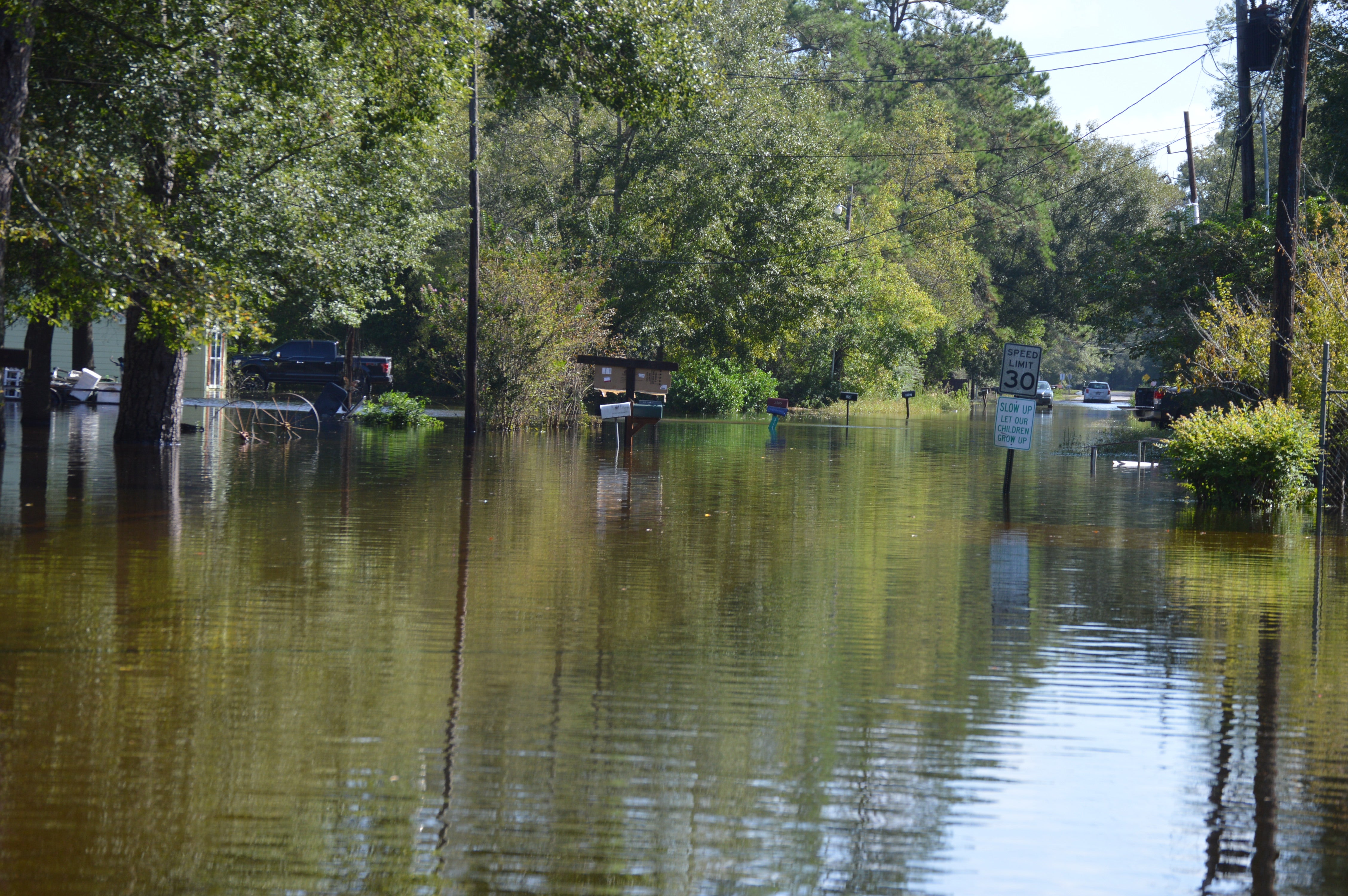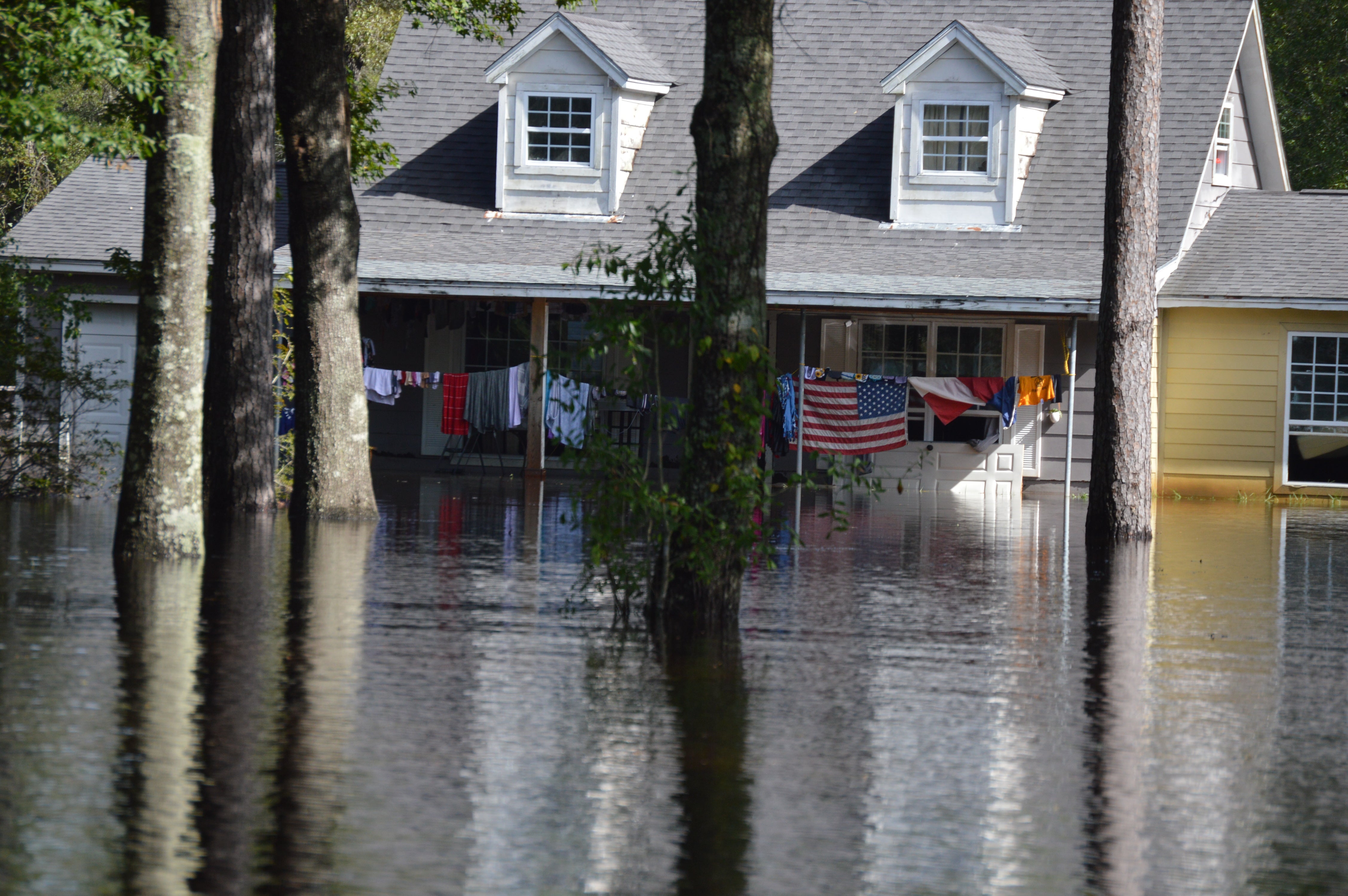Dry out before rebuilding
Published 6:50 am Wednesday, September 25, 2019
By Janie Harris
Housing and Environment Specialist, Texas A&M AgriLife Extension Service, The Texas A&M University System
After the floodwaters recede and the clean up has been done, most folks want to get back into their homes and start rebuilding. The problem is that wood that has been submerged in water has likely absorbed a large amount of water. Rebuilding too quickly after a flood can cause continuing problems such as mold growth, insect infestations, and deterioration of the wood and wall coverings.
Floodwaters are not clean water; therefore, most porous building materials must be removed and replaced with new materials.
The following steps should be followed:
- Open flooded walls, even if they appear undamaged, to prevent mold, odor, and structural decay later.
- Remove water from the structure as rapidly as possible. Ventilate.
- Remove baseboards, and cut holes in wallboard to drain uninsulated walls.
- Remove the interior surface of insulated walls to a point above water height, often 12-18 inches. Discard flooded drywall.
- Undamaged paneling may be propped open or reinstalled after cleaning.
- Remove and discard all wet fibrous insulation.
- Clean out mud. Wall studs and plates may be sprayed with disinfectant (1 cup bleach/gallon water) to kill any existing mold and fungi.
- Speed dry with dehumidifiers and fans.
- Leave walls open until they have thoroughly dried, which may take up to a month.
- Select replacement materials that will withstand future floods (such as rigid foam
insulation, removable wainscoting, ceramic tile, etc.).
Just how long should you wait? It may take weeks for the wood to be adequately dry to close a wall. The drying time will vary depending on the initial moisture content and the drying conditions. You will need to test the studs with a wood moisture meter. Wood should have a moisture content of less than 15 percent before insulation, drywall, paneling, or other coverings are placed on the wood. If you are doing the work yourself, you may be able to borrow or rent a meter from a hardware store, lumberyard, or home inspector.
Ventilation is usually the best way to dry things out and can remove several gallons of water per day. Provide cross-ventilation by placing a fan in a window or door with the fan blowing to the
outdoors. Seal around the fan with cardboard or plywood so the fan can create a vacuum. Use fans to circulate air over the wet surfaces. Inside the house, face fans into corners or other hidden areas to force the moist air out.
Heat increases the moisture-holding ability of the air. If your heating system has been checked and is in working order, use it to heat the air. As the wood gets drier, it may be helpful to heat the house for a few hours; then ventilate to exchange the moist air inside the house with dry air from the outside.
If the outside air is humid, ventilation will not work.
You will need to use a dehumidifier.
The house must be closed up so you will not be combating the outside humid air.
Dehumidifiers function most efficiently at warm temperatures. At 80 degrees and 60 percent relative humidity, most dehumidifiers will remove 1-2 pints of water per hour from the air. You can purchase a dehumidifier from home improvement centers, discount stores, and most places that sell appliances. If you are hiring the work to be done, the contractor should have a dehumidifier to remove moisture. Some rental businesses have dehumidifiers. It is important to either set up the dehumidifier so that it drains the water removed from the air into the sewer, or you must empty the bucket regularly.


